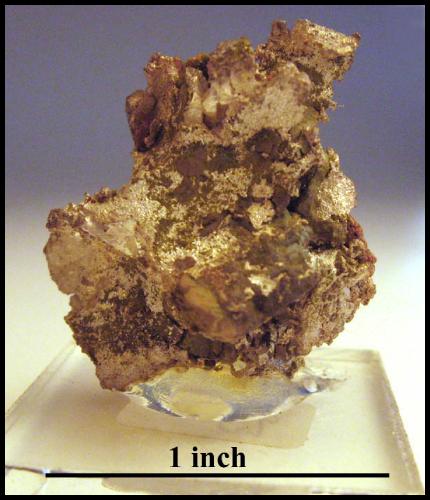Home | About Me | Jewelry Designs | Gemstones | Mineral Specimens | Orders | FAQs | Contact | Links |
||
 |
 |
|||
The first mineral boom in the United States occurred in 1843 when people from all over the continent began to chase the copper, silver and iron of Michigan’s upper peninsula. These mines were in commercial operation for more than a hundred years and produced over 14 billion pounds of copper. It was Michigan copper that helped fuel the US industrial revolution. Most remarkable about the copper deposits of the Michigan Upper Peninsula is that the copper occurred as the native metal; the greatest deposit of native copper in the world. As hot copper and silver-laden solutions percolated through volcanic and sedimentary rocks, and cooled, pure copper and silver were deposited in the voids. The masses of native copper and silver display beautiful arborescent and crystalline shapes. The Calumet and Hecla mines were extracting both amygdaloid and conglomerate ore deposits. For some unknown reason the silver was most often found in the amygdaloid deposits. Silver was relatively rare in the conglomerate lodes. The above silver specimen was obtained from a conglomerate of felsite and rhyolite pebbles, with traces of epidote. Impressions of the pebbles can be seen on portions of the specimen. The bulk of this specimen is silver. There are small pieces of country rock clinging here and there. This attractive native silver specimen has an interesting shape. The front is curved, showing where the silver deposited against a pebble's surface. This shiny little native silver would make a fine addition to any collection. (#M357, $80.00) Click here if you would like to see a video of this speccimen. |
||